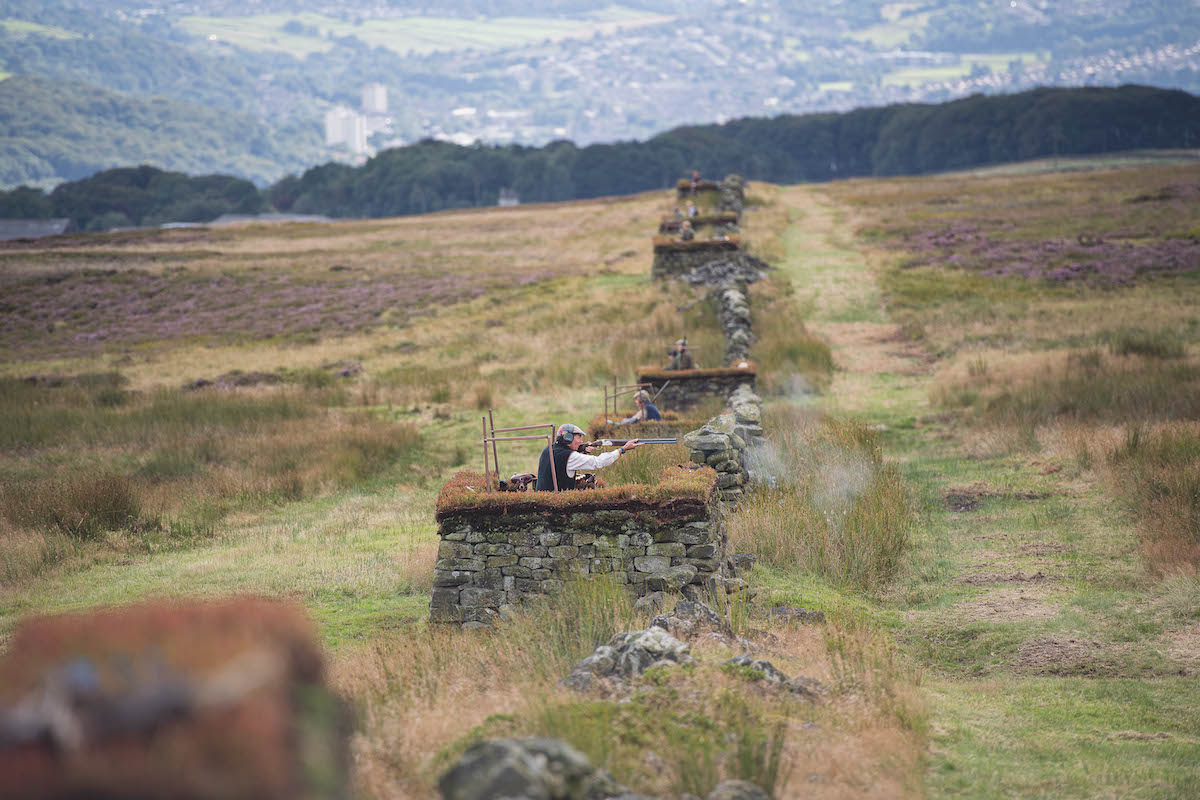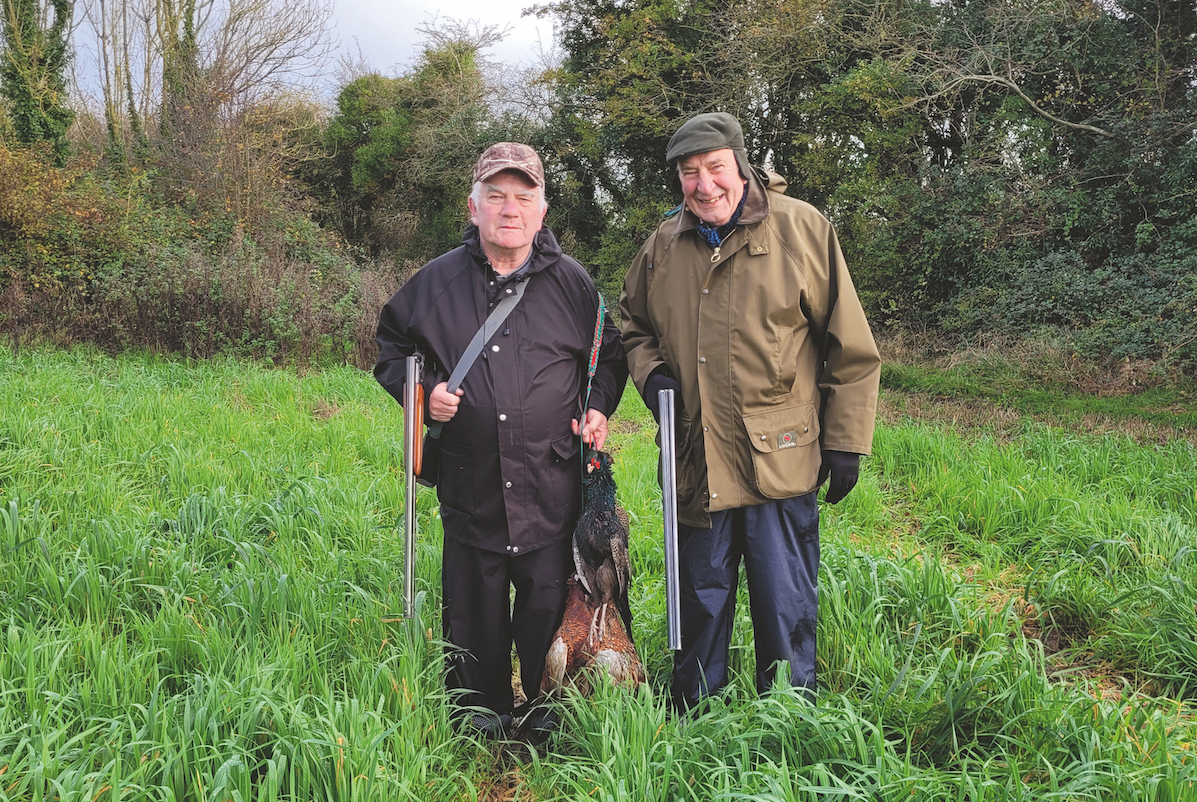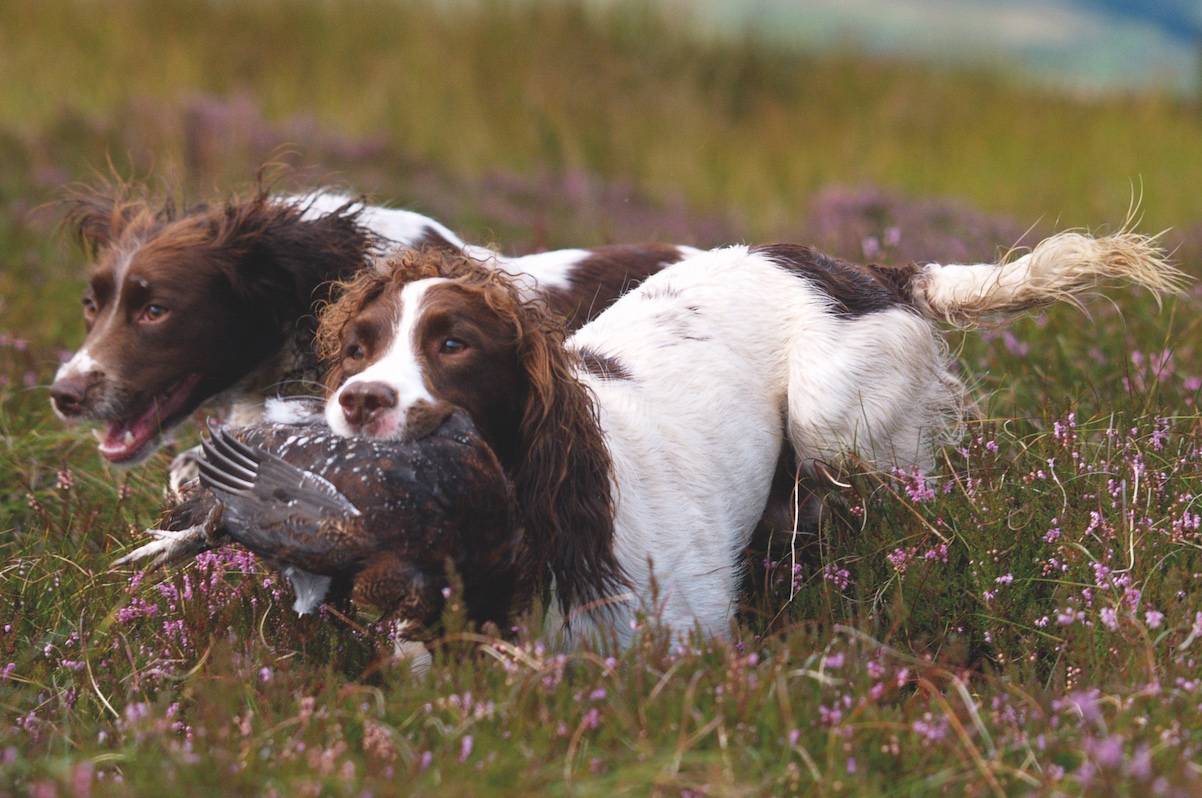Get ready for the Glorious Twelfth
No matter how experienced you are, Miles Malone says there’s no harm in extra preparations for grouse shooting

Driven grouse
The expectation starts when the date is confirmed, sometime in the spring. Then comes the wait. Grouse shooting tends to create excitement like no other sport, perhaps because of the scarcity of opportunities, the thoughts of the beauty of the high moors, and the challenge grouse always pose. This combination, mixed with the anxieties of the ‘big occasion’, can be a heady mix.
My usual opportunities for this expedition north come later in the season, at a time when I have already managed to lift my gun to pigeons decoying over the summer stubbles and braved early season trips to the foreshore. This year, however, there will be little opportunity for this preparation and confidence-building, as I’ll be venturing north for the first day of the season, the Glorious Twelfth.

Confidence plays a pivotal role when tackling grouse, so a coaching session beforehand is always a good idea
Despite being an experienced Shot, and an instructor myself, I am still a believer in the need for coaching; it is impossible to watch yourself, and a good coach will be able to pre-empt your faults and reverse bad habits before they become entrenched. Confidence plays a pivotal role in all forms of shooting and a coached session leaves me better prepared and mentally focused for this special day.
Jeremy Bird is no ordinary coach. He has spent much of his life on the competitive international shooting circuit. A champion Olympic Skeet Shot, his career has resulted in many notable successes and records; representing England and Great Britain, he was the first British shooter ever to shoot 125/125 in competition, twice winner of the Home International and multiple international medal winner. Perhaps what makes him yet more amazing, in my eyes, is that he does this on top of his ‘day job’, farming cattle on his family’s Northumbrian hill farm.
His love of the moor, of the grouse that live there and the shooting that preserves it all is deeply embedded. I also like his shooting philosophy; you do not improve your shooting to kill more grouse, you improve your shooting to kill grouse cleanly: a good shot is a humane shot.
Over many discussions and much reflection of my previous performances among the heather, we highlighted areas to work on and put these into practice at the clay ground. Jeremy’s first point is that gaining confidence in your shooting position is essential to react correctly to the variety of shots you may be presented. He advises mapping out your safe arcs, carefully viewing where any flankers may be. Most shooters coming to the moors spend a lot of time shooting pheasants and are naturally hesitant to engage low, head-height grouse. Any tentativeness can impede the vital first movement to connect with these fast birds.
Jeremy eyes up markers, be they stones of clumps of heather, all signifying specific ranges. These range markers then form visual cues as the drive proceeds, bracketing birds coming towards the butts, enabling better estimation of when to engage. He is an advocate of dry mounting before the drive gets underway; he emphasised that this involves visualisation, a controlled, precise mount and careful consideration of weight distribution and balance. He used the analogy of a boxer; a weight distribution 60:40 on to the aligned front foot, but then pressing forward into the shot, as if throwing a punch, each shot crafted from the feet upwards.

Grouse like to fly low over the heather, hugging the contours of the moorland
A clean miss
We discussed a drive, burnt deep in my memory, from a previous October day when I was new to grouse shooting. At this point in the season, the birds had already crossed the Guns and knew where the butts were. A steady wind blew from my right. A pack rose from the heather in the far distance and streamed through the Gun line. The pack had split and the downwind three came to me. I half-rose from my crouched position and, suddenly aware of the closing angle for a safe shot, made a flustered, inaccurate mount, and a clean miss resulted. To my shame, the second shot was a panicked affair as the birds flashed overhead; fortunately my pattern only found open sky.
A succession of coveys came, and a succession of misses followed. Uncertain of why I was missing, I placed ever more lead on to the incoming birds, with still not a feather touched. Reactive second shots resulted in a brace of birds folding and dropping to the heather, saving my complete humiliation. Finally, a single bird followed the same line towards me. I straightened up in the butt, mounted to the bird well in front and before I knew it the shot was away, the bird dead in the air. I have never forgotten the shot, as it highlighted all that I had done wrong in those preceding it; I needed to take them early and really get in among it.
Back at the clay ground we trained this shot as a slight right-to-left incoming clay. Jeremy directed me to keep my barrels low, emphasising that it is much easier to come up on to the line of the bird, and that ‘losing’ the bird under the barrel is a common fault. Grouse like to fly low, hugging the contours, and are often dropping as they curl or slide with the wind.
The powerful trap propelled the clay edge-on towards me, crossing to disappear low over my left shoulder. I hit the first few instinctively, but when Jeremy asked me to connect earlier, I attempted to measure it, slowing the muzzle speed and missing behind. I had an overwhelming temptation to look at the gun, which is disastrous. We worked on keeping the head still, eyes fixed upon the bird and having ‘muzzle awareness’ to be able to connect with the clay early.
Soon my confidence grew and I was engaging the clays earlier, minimising unnecessary barrel movement and pressing into the line of the clay. We worked on my mount, gaining precision as the stock met first my face then my shoulder, locked into the line of the clay. As the precision increased, so did the control. Soon the clay appeared slower as my connection and movement with it became more efficient. I then moved to engaging the bird at different points along its path, gaining the confidence to select where to connect with the bird.
Driven grouse is exceptional in the variety of shots; fast driven, crossing, varying in height, speed and elevation, and those challenging birds departing behind the butts. During the day we practised them all.
Make the connection
On the Glorious Twelfth, the man, the grouse and the gun will come together. Those precious moments of grouse skimming the heather are months in the making; of keepers’ trap lines checked, of late-night vigils after foxes, of gritting and burning, of maintaining this rare upland habitat, and of the long miles covered by the beaters, flag in hand, approaching from the horizon.
When that moment comes, I must do my small part well, the final act of the harvest. Until that time, Jeremy’s advice will ring in my ears: make the connection.

Prepare for all conditions
Preparing for all conditions
In a country famed for its changeable weather, the upland moors take this to an extreme, exemplifying the adage that four seasons can be experienced in one day. There is often trepidation as to what the weather lottery may bring and the effect this may have upon the long-anticipated shoot day.
My top tip is to be ready for all eventualities, or any practice you put in at the clay ground will have been for nothing. Layer your clothing so you can rapidly tog up or down. When the heavens open (inevitably), a set of lightweight, breathable waterproofs are a godsend. Make sure you can mount and move to shoot in these. Take a hat, sunblock and plenty of water.
The moor is an exposed place and there is little respite from the blisteringly hot August sun. Finally, wear insect repellent. A drop in wind on a muggy day can lead to an onslaught of midges in their thousands, especially when shooting in Scotland.








